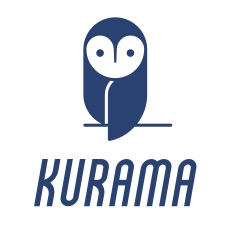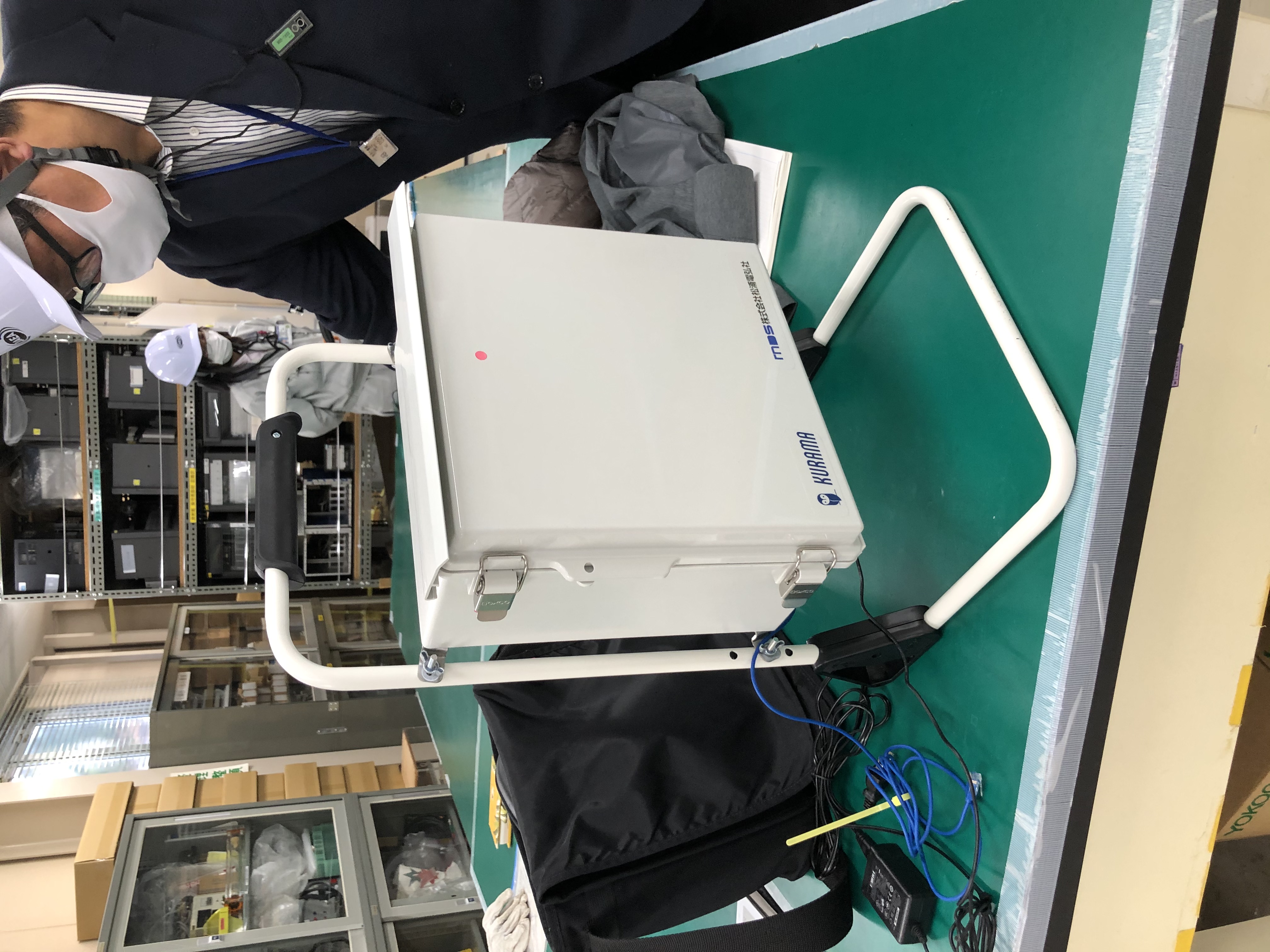Development of the ultra-compact KURAMA-II
We have developed the ultra-compact KURAMA-II, a much smaller version of the conventional KURAMA-II, to realize flexible monitoring immediately after the occurrence of a nuclear disaster.
 KURAMA (Kyoto University RAdiation MApping system) is a GPS-linked automatic radiation measurement system newly developed by the Kyoto University Research Reactor Institute (at the time of development) in response to the accident at the TEPCO's Fukushima Daiichi Nuclear Power Station.
KURAMA (Kyoto University RAdiation MApping system) is a GPS-linked automatic radiation measurement system newly developed by the Kyoto University Research Reactor Institute (at the time of development) in response to the accident at the TEPCO's Fukushima Daiichi Nuclear Power Station.
2023/1/20
Assistant Professor Minoru Tanigaki will give a special lecture at the 14th ZETA Alliance DAY on February 3, 2023.
→Details&Registration(Japanese)
2022/10/31
"Workshop on Support Efforts and Radiation Mapping for Fukushima Prefecture"will be held from December 6 (Tuesday) to 7 (Wednesday), 2022.
2022/9/12
Assistant Professor Minoru Tanigaki will introduce KURAMA-related technologies at the "11th University Seeds Matching Seminar - MaaS (Transportation x Technology) Special" to be held online on September 26.
2022/5/18
English version of our website is now open!
2021/9/28
The KURAMA development team will be exhibiting online at Maker Faire Tokyo 2021 2021 on Sunday, Octonboard devicer 3.
2021/9/19
Assistant Professor Minoru Tanigaki was interviewed by Japan Nuclear Fuel Limited regarding KURAMA.
→Details(Japanese)
2021/8/30
The 9th "Workshop on Technical Development and Operation of Radiation Dose Mapping System and Data Analysis in the Areas Affected by the Nuclear Power Plant Accident" and the 460th Research Institute for Sustainable Humanosphere Symposium "Current Situation and Support Efforts in Fukushima Prefecture after the 11th Great East Japan Earthquake" will be held from December 21 (Tuesday) to 22 (Wednesday), 2021.
→Details
KURAMA is a system that not only measures dose rates, but also quickly shares information obtained from detectors and provides other data for advanced analysis, and has the following features.
The onboard device is compact and lightweight and can be carried with one hand.
No operation is required for measurement. Measurement starts automatically when power is turned on and ends when power is turned off.
Since γ-ray spectral data is acquired, not only can various dose rates be calculated, but also the information necessary for nuclide identification can be obtained.
It is possible to change the type and configuration of radiation detectors according to the purpose and to acquire data from sensors other than radiation detectors via a variety of interfaces such as USB or serial.
Acquired data is transmitted using WebService and is ready to be shared and utilized in real-time on the cloud. It can also be integrated with other radiation monitoring systems.
It is used for various monitoring activities by national and local governments, including a wide-area driving survey of the entire East Japan region by the national government.

We have developed the ultra-compact KURAMA-II, a much smaller version of the conventional KURAMA-II, to realize flexible monitoring immediately after the occurrence of a nuclear disaster.

To realize flexible monitoring immediately after the occurrence of a nuclear disaster, we have developed a compact and lightweight monitoring post based on the conventional KURAMA-II.

We have developed a robot that visualizes in real-time simply by traveling with a tractor utilizing KURAMA-II. The robot is also equipped with soil fertility evaluation technology using optical sensors, which is expected to contribute to the recovery of fields where soil fertility has declined due to decontamination.
Since the accident at TEPCO's Fukushima Daiichi Nuclear Power Station, various radiation dose mapping systems have been developed, and new technological developments have progressed beyond mere two-dimensional plots to include changes over time, spectral analysis, spatial distribution estimation, and an expanded range of measurable dose rates. We hold workshops to share the latest trends in it, discuss issues, and promote collaboration and fusion with other fields.
〒590-0494
2, Asashiro-Nishi, Kumatori-cho, Sennan-gun, Osaka
Institute for Integrated Radiation and Nuclear Science Kyoto University
kurama_info(at)rri.kyoto-u.ac.jp